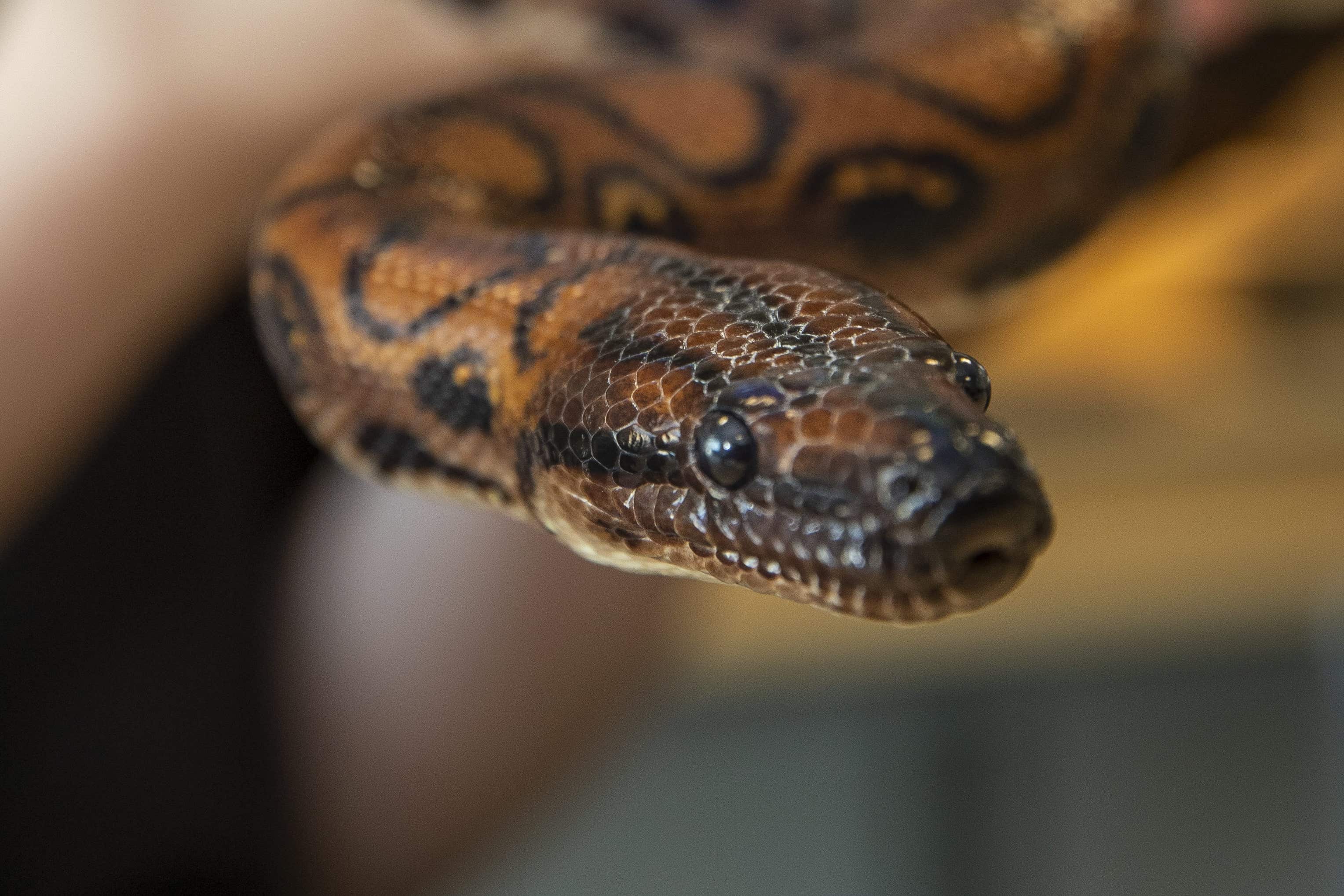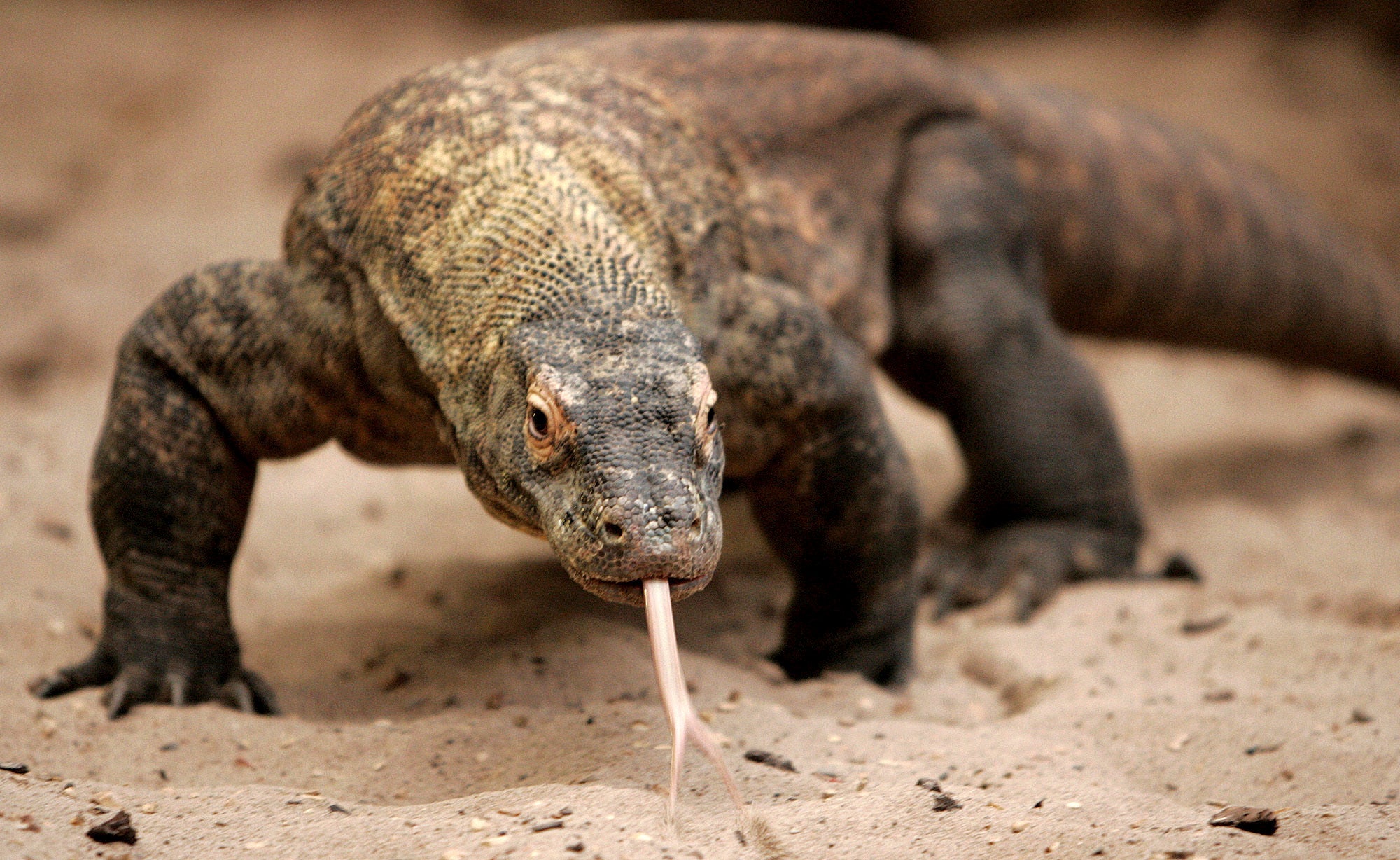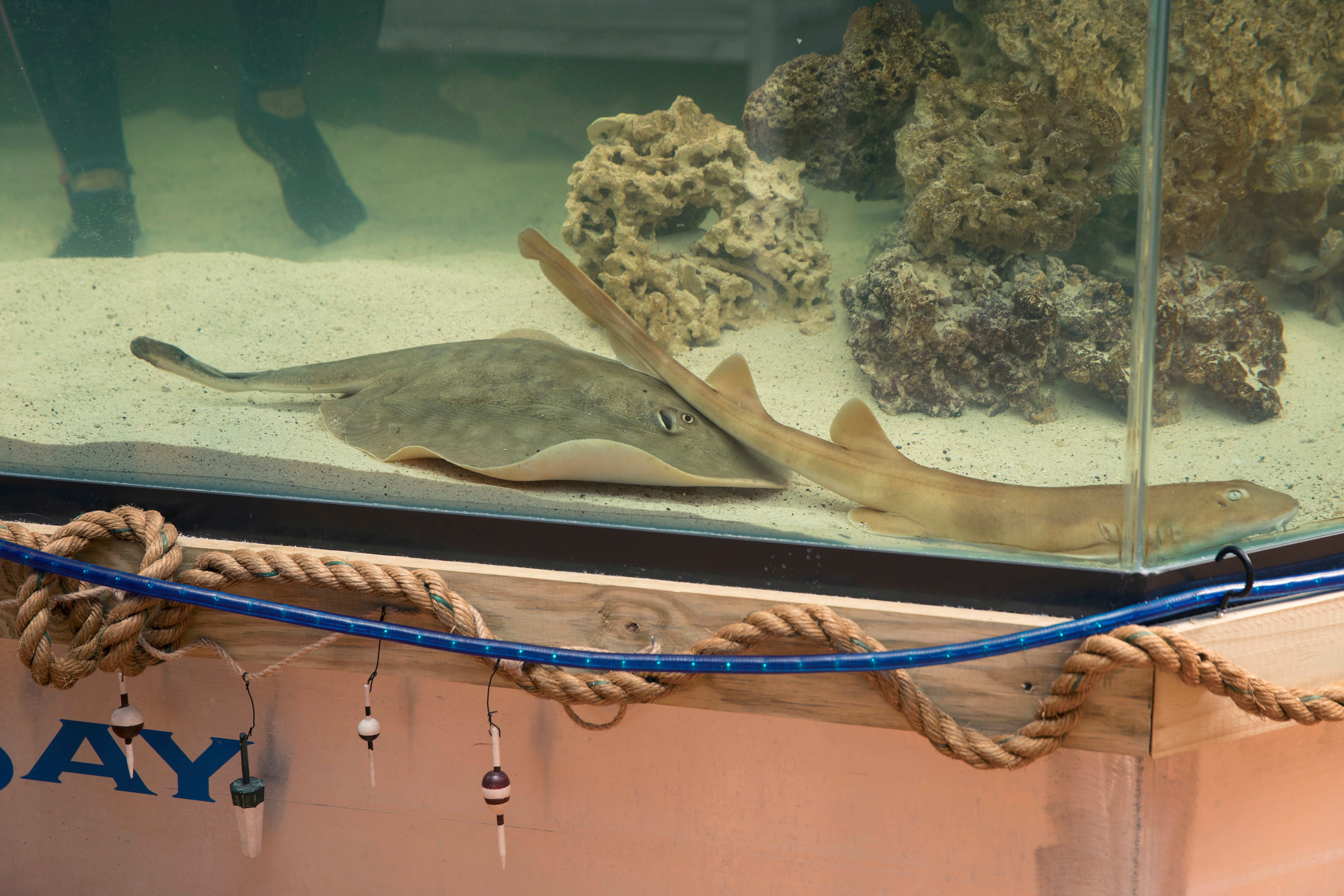Animals can have babies without a mate – just ask Ronaldo the snake
Ronaldo gave birth last week after having no contact with any other snakes for at least nine years

Your support helps us to tell the story
From reproductive rights to climate change to Big Tech, The Independent is on the ground when the story is developing. Whether it's investigating the financials of Elon Musk's pro-Trump PAC or producing our latest documentary, 'The A Word', which shines a light on the American women fighting for reproductive rights, we know how important it is to parse out the facts from the messaging.
At such a critical moment in US history, we need reporters on the ground. Your donation allows us to keep sending journalists to speak to both sides of the story.
The Independent is trusted by Americans across the entire political spectrum. And unlike many other quality news outlets, we choose not to lock Americans out of our reporting and analysis with paywalls. We believe quality journalism should be available to everyone, paid for by those who can afford it.
Your support makes all the difference.A boa constrictor in the UK has given birth to 14 babies — without a mate.
The snake, a 6-foot, 13-year-old Brazilian Rainbow Boa named Ronaldo, gave birth last week after having no contact with any other snakes for at least nine years, according to the City of Portsmouth College, which kept the snake.
Pete Quinlan, an animal care technician at the college, believed Ronaldo was male until she gave birth.
Is it a miracle? The result of a secret rendezvous? Probably not. Females of species have the ability to reproduce asexually, without sperm from a male. The process is called parthenogenesis, from the Greek words for “virgin” and “birth.”
Some plants and insects can do it, as well as some amphibians, reptiles, birds and fish. A stingray named Charlotte that was thought to have become pregnant by this method died this week at an aquarium in North Carolina, though she never delivered and it is unclear if she was ever pregnant.

Some wasps, crustaceans and lizards reproduce only through parthenogenesis. But in other species it's rare and usually only observed in captivity. Scientists have a good idea how it happens, though they aren't clear why it happens, according to Kady Lyons, a research scientist at the Georgia Aquarium in Atlanta.
A female's egg fuses with another cell, often a cell leftover from a process that allows the female to create the egg. That cell, known as a polar body, gives the egg the genetic information it would normally get from sperm. The cell starts dividing and that leads to the creation of an embryo.
Earlier this week a stingray that got pregnant despite not having shared a tank with a male of her species for many years died. North Carolina aquarium announced the news.

The Aquarium and Shark Lab in Hendersonville said on Facebook late Sunday that the stingray, Charlotte, died after getting a rare reproductive disease. It didn’t go into further detail.
Charlotte went viral at the start of the year after her pregnancy was deemed “a once-in-a-lifetime science mystery”, by the aquarium.
The aquarium, which is in the Blue Ridge Mountains, announced in February that Charlotte had gotten pregnant despite not having shared a tank with a male stingray in at least eight years.